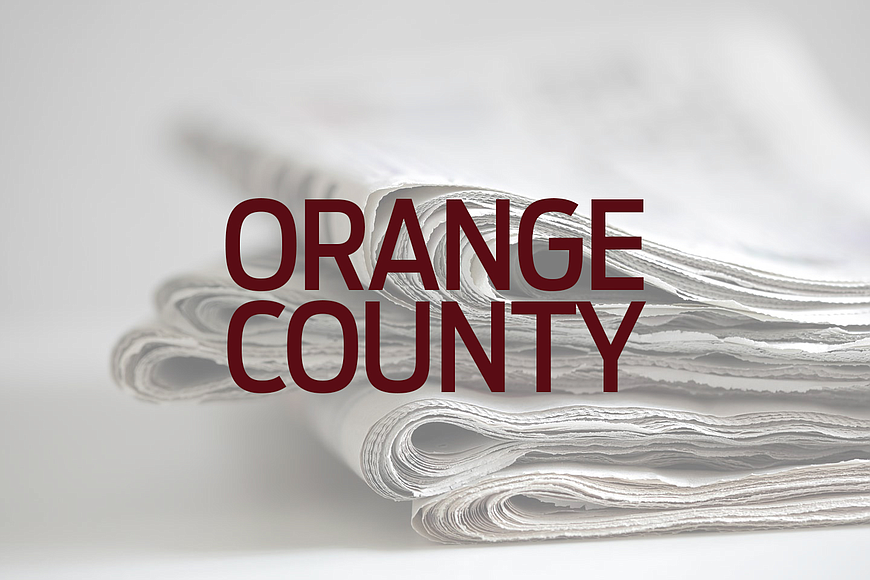- July 26, 2024
-
-
Loading

Loading

Orange County School Board members agreed recently on their 2019 legislative platform — a list of issues regarding public education of which they wish to direct the district’s advocacy efforts.
The consensus came during the Aug. 21 Orange County School Board meeting, but the platform was written based on a review of the 2018 Legislative Session and input from school board members, district staff and teachers.
The platform, approved annually, serves as a guideline for what the district hopes to see accomplished in the upcoming legislative session.
“The goal is to have a platform that represents the board and includes the issues that we feel are the most important for us to advocate,” said District 2 School Board member Darryl Flynn, who chairs the school board’s legislative committee. “We have a full-time legislative liaison — Eileen Fernandez — who goes to the sessions each year and works with the individual offices. And so, these platforms form the basis of her advocacy on behalf of OCPS.”
At the end of each session, the board is provided an update on which bills ultimately passed or failed. At that time, the committee starts working on another legislative platform for the following year.
This year’s platform includes objectives relating to accountability standards, academic assessments, teacher evaluations, Title I funding, and state funding allocations, among others.
Flynn provided an explanation and context to some of the priorities targeted by the school board this year.
Flynn: “This past year, they rolled back the millage for public schools, so public education didn’t get the benefit of the (increase) in values of homes because they rolled it back. They didn’t do that for local governments, but they did it for schools. So we would have preferred if they had at least left it like it was. Yes, we would pay more, but that would help fund public education. So that priority speaks to the rolled-back rate, but it also speaks to identifying new potential areas for funding. For example, if the Seminole gambling compact becomes a reality, then perhaps we could put some of that revenue into education.”
Flynn: “There are students who are eligible for these vouchers that are administered by Step up For Students, and they can take these vouchers and go to a private school. ... And a lot, not all, but a lot of private schools accept state vouchers, but they don’t have any accountability, they’re not required to administer the FSA, and they don’t get graded. Charter schools do get graded the same way as traditional public schools, though, so it’s mainly about those vouchers. That’s what we mean by accountability.”
Flynn: “A couple of years ago, I pushed for an analysis on how performance pay impacted the students’ performance. What performance pay is is that teachers get paid based on how their students score on tests. And this supposedly impacts student achievement, so we did an analysis that showed there was no correlation between performance pay and student achievement, so we’d like to either eliminate it or have the legislature do a bigger study statewide. And for teacher evaluations, it’s the same thing, we’d like to have a little bit more flexibility on how that’s administered and maybe put other measures into the evaluation.”
Flynn: “There are legislators on the federal and state level who feel that the funds should follow the individual child. So what we’re doing now is we look at a school and see the number of students who … qualify under Title I, and we share those funds with schools that reach a certain percentage of those students. ... What this Title I portability does is follow every student. Every school has students who qualify for Title I, but the numbers aren’t as large, so if you have a school that only has 10%, they don’t need those funds as much as a school that has, say, 75%. So we want the ability to use those funds where we feel they’re most needed. We feel that the best and most effective use of Title I dollars are in schools with large, significant populations of those students.”